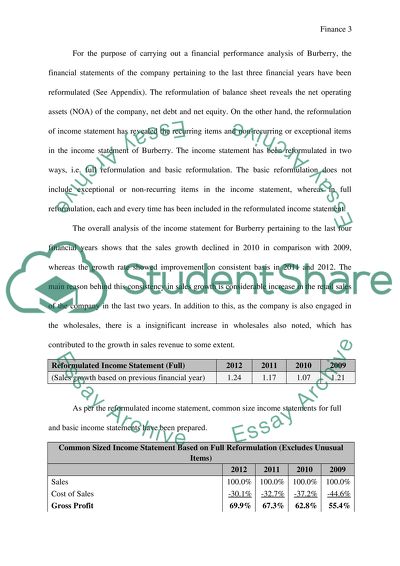Cite this document
(“Financial Analysis of Burberry Group Plc Coursework”, n.d.)
Retrieved de https://studentshare.org/finance-accounting/1477706-burberry-group-plc-financial-analysis
Retrieved de https://studentshare.org/finance-accounting/1477706-burberry-group-plc-financial-analysis
(Financial Analysis of Burberry Group Plc Coursework)
https://studentshare.org/finance-accounting/1477706-burberry-group-plc-financial-analysis.
https://studentshare.org/finance-accounting/1477706-burberry-group-plc-financial-analysis.
“Financial Analysis of Burberry Group Plc Coursework”, n.d. https://studentshare.org/finance-accounting/1477706-burberry-group-plc-financial-analysis.


